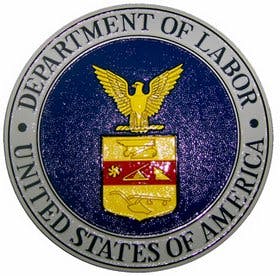By John E. Thompson
The U.S. Labor Department continues to expand the number of jurisdictions and agencies with which it is collaborating to end what it has called “the business practice of misclassifying employees (as independent contractors) in order to avoid providing employment protections.”
The most recent additions are the Colorado Department of Labor and Employment and the Louisiana Workforce Commission.
The list of those with whom the Labor Department has memoranda of understanding also includes:
- California, Connecticut, Maryland, Massachusetts, Minnesota, Missouri, Utah, and Washington;
- State labor officials in Hawaii, Illinois, and Montana; and,
- New York’s Attorney General.
How these agencies will cooperate
The Colorado memorandum exemplifies the nature of this cooperation. Among other things, the state’s Labor Department and U.S. Department of Labor pledge to:
- Conduct joint investigations periodically;
- Coordinate enforcement activities and provide mutual assistance;
- Refer potential violations of statutes enforced by the other;
- Develop “methodologies” for exchanging investigative leads and complaints; and,
- Otherwise share information “as appropriate.”
Companies and other organizations might as well assume that any investigation of independent-contractor status by one of these participants will result in the disclosures and referrals the memoranda call for. Keep in mind also that U.S. Department of Labor has entered into a similar arrangement with the U.S. Internal Revenue Service.
This attention to the “misclassification” issue is unlikely to subside anytime soon. For instance, there is reason to believe that U.S. DOL’s focus upon large homebuilders last fall is now turning outward to many of those companies’ subcontractors and vendors.
The wise move for every organization relying even in part upon a contingent of independent contractors continues to be this: Evaluate right now whether there is any vulnerability to a successful claim that those workers are instead employees.
This was originally published on Fisher & Phillips’ Wage and Hour Laws blog.
